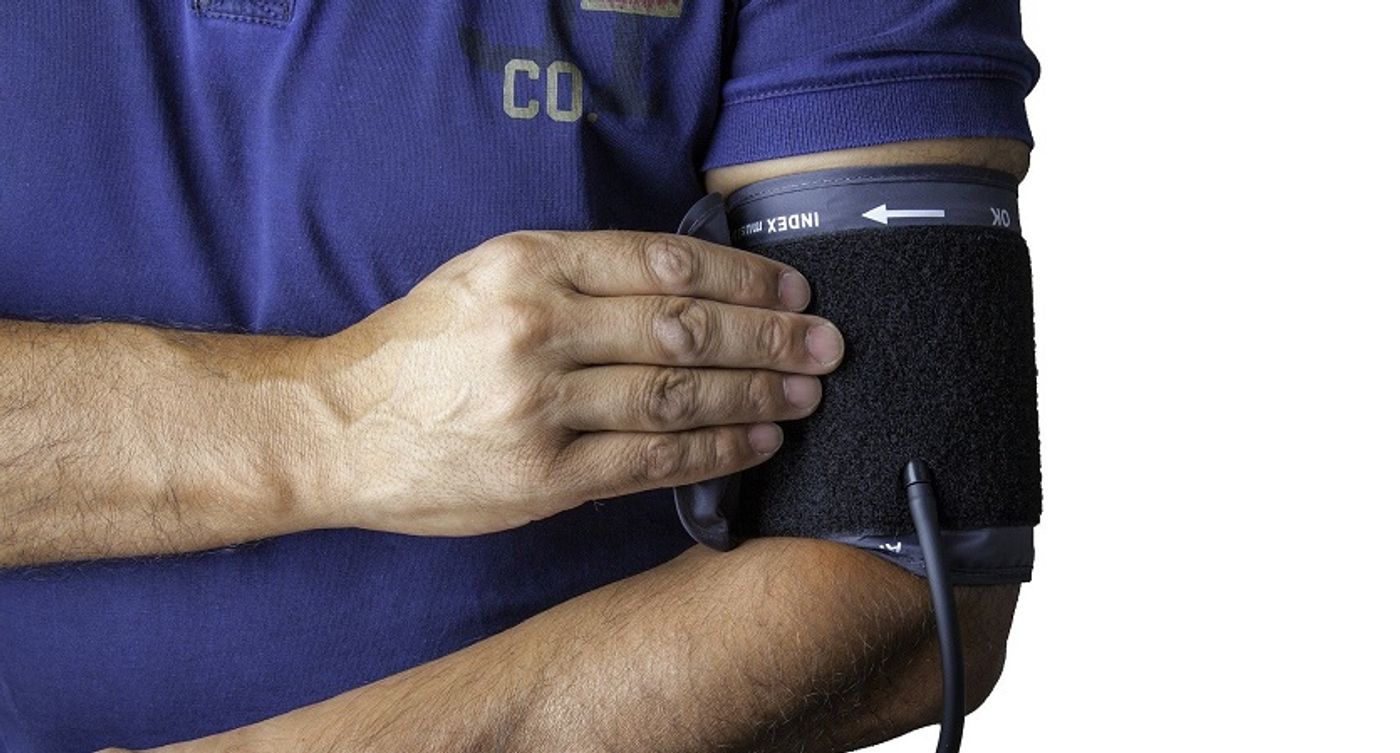Validating Blood Pressure Functionality in a New Smartwatch
One of the most exciting advancements in our time is wearable technology. While most see it as a cool piece of tech on your wrist or in your ear, it also offers an opportunity for easy health monitoring.
Fitness trackers in the form of watches are so commonplace that every smartwatch has some sort of fitness tracking function. The truth is that many of these are merely able to track heart rate and motion (clearly geared towards fitness tracking). What if a watch could quickly and accurately measure something more health critical, though, like blood pressure?
That is what a team from Seoul National University College of Medicine thought. In conjunction with the company InBody, they sought to test whether or not a smartwatch could reliably predict blood pressure for hypertension patients. Blood pressure might sound like an easy reading to get from a device literally sitting at your wrist, but it is not that simple. For an untrained person to get their blood pressure tested using such a small device, it takes sophisticated equipment alongside complex programs to get an accurate reading.
The device in question is a smartwatch currently in development at InBody. They would use the watch to get a type of ECG reading and translate that into blood pressure data. A true ECG requires several electrodes, as well as a properly trained professional. A less accurate but far easier workaround is to use two electrodes to measure the electrical current through two points in your body. In this case, the watch would act as the electrodes, with your wrist as one point of contact and two fingers of your other hand as the other (touching the metal of the watch).
In this study, the team wanted to validate the watch’s readings by comparing them to a standard inflatable cuff. They gathered systolic (when the heart contracts for the pump) and diastolic (when the heart relaxes) blood pressure readings in 35 elderly patients with and without hypertension using the smartwatch device and a standard inflatable cuff.
The watch did not prove a perfect match with the inflatable cuff (by scientific standards). Still, for an early device using a small wrist-worn device, they are well within reason with an accuracy usually within 10% of the inflatable cuff’s readings. Many other smartwatch makers have similar tech in their devices, but we rarely get an actual look at such devices’ validation efforts. With any luck, future devices will accurately and easily measure blood pressure, which could save time and energy for thousands suffering from blood-pressure related cardiovascular diseases.
The study concludes, “With advances in technology, more precise ABPM is likely to become available and this will yield clinical benefits such as reductions in cardiovascular morbidity and mortality.”
Sources: Nature Scientific Reports, Osmosis









